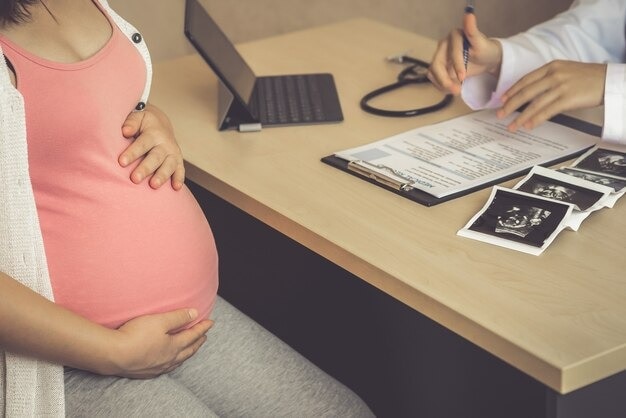Cervical exams are best done by a healthcare professional, but if your doctor approves, you can check yourself. Here’s how.
DOCTOR VERIFIED
As your due date approaches, you may be wondering how dilated your cervix is and if you are making progress toward delivery. While only your doctor can confirm cervical dilation, you can do a self-check to get an idea of what’s going on. This guide provides a step-by-step process for checking your own cervical dilation at home.
When To Start Checking
Most experts recommend waiting until 37 weeks or later to start checking your cervical dilation. Any earlier and your cervix is unlikely to be dilated at all. The closer you get to your due date, the more helpful self-checking can be. Many women start checking dilation daily during the last two weeks of pregnancy.
What You’ll Need
- A mirror – Ideally a hand mirror so you can position it accurately
- Lubricant – Use a water-based lubricant like KY jelly
- Tissues/paper towels
Step 1: Get Set Up
Find a comfortable position, either propped up in bed with pillows or lying on your back. You want to be able to reach your cervix easily. Have your mirror and lubricant within reach.
Step 2: Lubricate Your Fingers
Put a small amount of lubricant on your fingers. This makes inserting them into your vagina more comfortable.
Step 3: Insert Your Fingers
Insert one or two fingers into your vagina and reach as far back as you can. Move your fingers around until you feel your cervix. It may feel firm, like the tip of your nose.
Step 4: Determine Dilation
Use your fingers to assess the size of the cervical opening. A closed cervix means zero dilation. An open cervix means some level of dilation. As a point of reference, by 10cm you are fully dilated for delivery.
Step 5: Check Positioning
Note the position of your cervix. Is it mid or low? Effaced or thick? This provides clues about readiness for labor.
Step 6: Remove Your Fingers and Clean Up
Carefully remove your fingers and discard any tissues or paper towels. Wash your hands with soap and water.
What To Do With Your Findings
According to Dr. Rita Bakshi, Sr. Gynecologist & IVF Expert, RiSAA IVF, ” Tracking your cervical changes over time can give you an idea of when labor may start. However, every woman progresses differently. Be sure to discuss your findings with your doctor at your next visit. Only your provider can confirm precisely how dilated you are. Self-checking is meant as an at-home guide, not medical advice.”
She added, “Self-checking dilation can be a useful way to gauge your body’s changes leading up to delivery. Just be sure to get your doctor’s input, and don’t make any assumptions about your exact dilation or when labor may start based on what you feel. Patience and communication with your provider is key, as every pregnancy follows its own timeline.”

